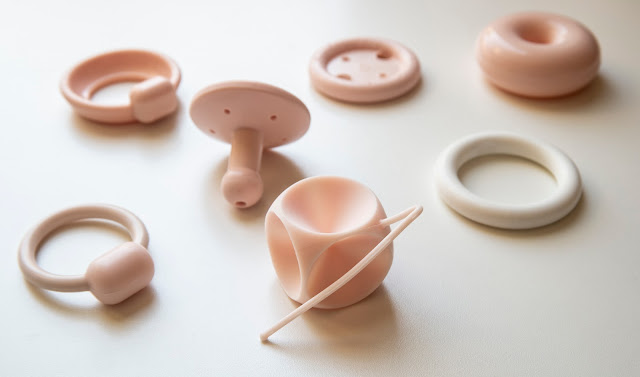Vaginal Pessary Market Is Estimated To Witness High Growth Owing To Increasing Prevalence of Pelvic Organ Prolapse and Urinary Incontinence
 |
| Vaginal Pessary Market |
The global vaginal pessary market is estimated to be valued at US$ 324.87 million in 2022 and is expected to exhibit a CAGR of 10.00% over the forecast period 2023-2030, as highlighted in a new report published by Coherent Market Insights.
A) Market Overview:
Vaginal pessaries are medical devices used to support the vaginal walls and pelvic organs in cases of pelvic organ prolapse (POP) and urinary incontinence. They are inserted into the vagina to provide structural support and alleviate symptoms such as vaginal bulging or urinary leakage. Vaginal pessaries are available in different shapes and sizes, and they can be made of various materials such as silicone, latex, or thermoplastic elastomer. These devices offer a non-surgical treatment option for women with mild to moderate pelvic floor disorders.
B) Market Dynamics:
1. Increasing Prevalence of Pelvic Organ Prolapse and Urinary Incontinence: The growing aging population and rising obesity rates contribute to the increasing prevalence of pelvic organ prolapse and urinary incontinence. According to the American Urogynecologic Society, approximately one-third of women will undergo surgery for pelvic organ prolapse or urinary incontinence by the age of 80. Vaginal pessaries offer a conservative treatment option for these conditions, driving market growth.
2. Non-Invasive and Cost-Effective Treatment Option: Vaginal pessaries provide a non-invasive alternative to surgical interventions for pelvic organ prolapse and urinary incontinence. They can be easily inserted and removed by patients themselves or healthcare professionals. Vaginal pessaries are also cost-effective compared to surgical procedures, making them a preferred choice for patients and healthcare providers.
C) SWOT Analysis:
Strength:
1. Non-Invasive Treatment Option: Vaginal pessaries offer a non-invasive alternative to surgical interventions, reducing the risk and recovery time associated with surgery.
2. Cost-Effective: Vaginal pessaries are cost-effective compared to surgical procedures, making them accessible to a wider patient population.
Weakness:
1. Device Discomfort: Some patients may experience discomfort or vaginal discharge while using vaginal pessaries, leading to discontinuation of treatment.
2. Device Fitting Challenges: Finding the right size and shape of vaginal pessaries for individual patients can be challenging, leading to ineffective treatment outcomes.
Opportunity:
1. Technological Advancements: Advancements in materials and design of vaginal pessaries can improve patient comfort and increase treatment efficacy.
2. Increasing Awareness: Increased awareness about non-surgical treatment options for pelvic organ prolapse and urinary incontinence can drive market growth.
Threats:
1. Regulatory Challenges: The Vaginal Pessary Market is subject to regulatory requirements and quality standards, which can pose challenges for manufacturers.
2. Competition from Surgical Interventions: Surgical interventions for pelvic organ prolapse and urinary incontinence remain a significant competitor for vaginal pessaries, limiting market growth.
D) Key Takeaways:
The global vaginal pessary market is expected to witness high growth, exhibiting a CAGR of 10.00% over the forecast period, due to the increasing prevalence of pelvic organ prolapse and urinary incontinence. The market is dominated by North America, followed by Europe, due to the high incidence of pelvic floor disorders in these regions. Key players operating in the global vaginal pessary market include CooperSurgical, Inc., MedGyn Products, Inc., Thomas Medical, Inc., Smiths Medical, Milex Products, Inc., Personal Medical Corp., Panpac Medical Corp., Gyneas, Uromed Kurt Drews KG, Integra LifeSciences Corporation, Boston Scientific Corporation, Cook Medical, Medtronic plc, C. R. Bard, Inc. (BD), and Coloplast A/S. These companies focus on product innovation, strategic collaborations, and mergers and acquisitions to strengthen their market position and expand their product portfolios.
Comments
Post a Comment